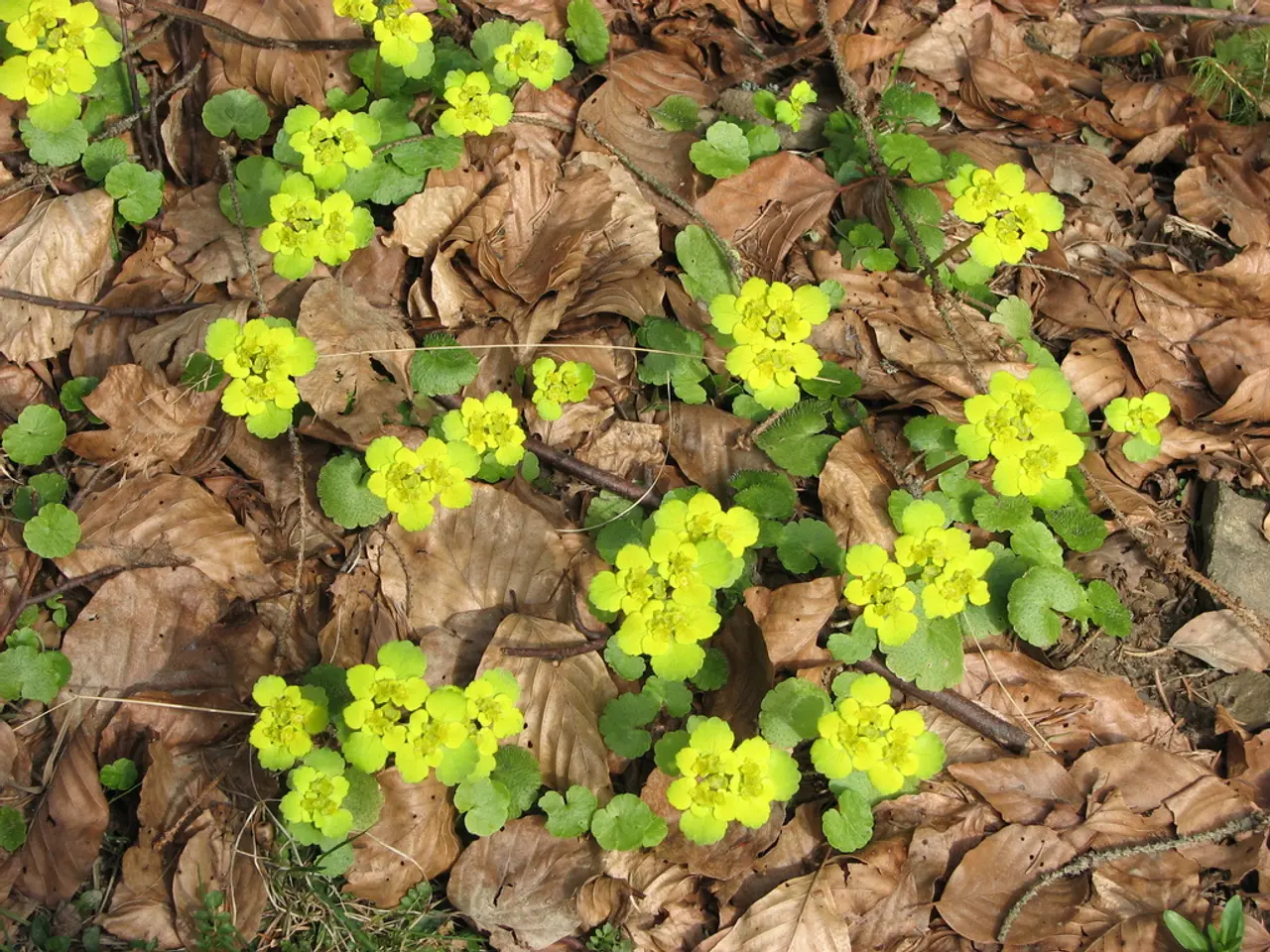Timeless Elegance Unveiled Through Asian Calligraphy Artform
Asian calligraphy, an art of breathtaking handwriting, is deeply ingrained in Asian culture for thousands of years. In the iconic lands of China, Japan, Korea, and Vietnam, penmanship isn't just writing—it's a cherished art form that embraces tradition, aesthetics, and personal expression.
The Roots of Asian Calligraphy Dig Deep
Calligraphy's history stretches back to ancient China, where it bloomed over 3000 years ago. Its earliest forms were pictographs etched onto oracle bones and bronze vessels. Over time, these evolved into unique script styles. As Chinese culture expanded, calligraphy became a vital part of other Asian societies, with each culture adapting it to match their language and tastes.
Styles and Creations Told a Story
Brush Strokes of China
Chinese calligraphy offers a rich ensemble of styles, each with distinct characteristics:
- Seal Script: Symmetrical, formal, and elegant—often associated with logos and seals.
- Clerical Script: Marked by strong strokes and structure—a transition between ancient and modern scripts.
- Regular Script: Precise, uniform, and friendly—ideal for beginners.
- Running Script: Semi-cursive, a harmonious blend of speed and legibility.
- Cursive Script: Highly stylized, fast, and lively—admired for artistic expression.
East Asian Styles Flow Fluidly
- Shodō: The Japanese version draws inspiration from Zen Buddhism, placing emphasis on simplicity and profound depth of expression.
- Seoye: Korean calligraphy welcomes both Chinese characters (Hanja) and the native Korean alphabet (Hangul), showcasing its versatility.
- Thư Pháp: Vietnamese calligraphy began with Chinese characters but later incorporated the Romanized Vietnamese script, creating unique dimensions.
Cultural Importance: Scholar, Monk, or Artist
In various Asian societies, mastering calligraphy was once a significant testament to one's intellectual prowess, a sign of a well-educated individual. Skilled calligraphers were revered as scholars, while their work graced religious texts, temple inscriptions, and official documents.
Modern Times: Bridging the Past and Present
In the digital world, calligraphy does not fade but evolves, maintaining tradition while dancing with modern mediums such as digital tablets and stylus pens. Calligraphy is taught in schools across Asia, fostering a link between generations and cultivating artistic skills.
Global Recognition and Innovative Fusion
International exhibitions and workshops celebrate Asian calligraphy, extending its relevance and intrigue beyond its roots. Contemporary artists welcome calligraphic elements into modern art forms, merging the old and new in cross-cultural collaborations that bridge Eastern and Western artistic philosophies.
Giant Leaps: Notable Calligraphers Through History
Wang Xizhi: China's Sage of Calligraphy
Wang Xizhi, a Chinese calligrapher from the Jin Dynasty, crafted masterpieces such as the "The Orchid Pavilion Preface." His work is hailed for its flowing, dynamic style and set a standard for future generations.
Kukai: The Bridge between China and Japan
Kukai, a Japanese monk and scholar, played a significant role in introducing Chinese calligraphy to Japan. His work harmoniously married Chinese techniques with Japanese aesthetics, greatly contributing to the Shodō (Japanese calligraphy) tradition.
Kim Jeong-hui: The Innovative Korean Calligrapher
Kim Jeong-hui, a Korean legend, brought a groundbreaking style—Chusache—to the table. Chusache combined the elegance of Chinese script with the unique essence of Korean aesthetics.
Calligraphy: An Art of Healing and Learning
Schools and Classrooms
In many Asian schools, calligraphy forms part of the curriculum. It's not just writing—it's a means of connecting students to their heritage, promoting patience, focus, and attention to detail.
Calligraphy in Therapy
The meditative nature of calligraphy is increasingly recognized for its therapeutic benefits. Workshops and classes welcome participants from all ages, emphasizing the practice as a stress-reducer and mental-wellness booster.
The future lies in calligraphy's ability to adapt to a rapidly changing world, maintaining its relevance through technological advancements and shifting cultural trends. And as it evolves, Asian calligraphy will continue to act as a cultural ambassador, weaving together East and West, past and present.
Asian calligraphy, evolving from ancient Chinese roots, has expanded across Asia, adapting to each culture's unique language and taste. Today, it's not only a medium for artistic expression but also a therapeutic practice and an educational tool, teaching Asian children the importance of patience, focus, and detail, as well as fostering connections to their heritage. In the digital age, Asian calligraphy continues to bridge the gap between tradition and modernity, blending with new mediums and inspiring cross-cultural collaborations. Just as it has done for thousands of years, Asian calligraphy stands as a testament to the rich tapestry of East Asian lifestyle, especially in home-and-garden spaces where tranquility and elegance are paramount, and in revolutionary movements where art transcends physical boundaries, stimulating the mind and healing the soul.








